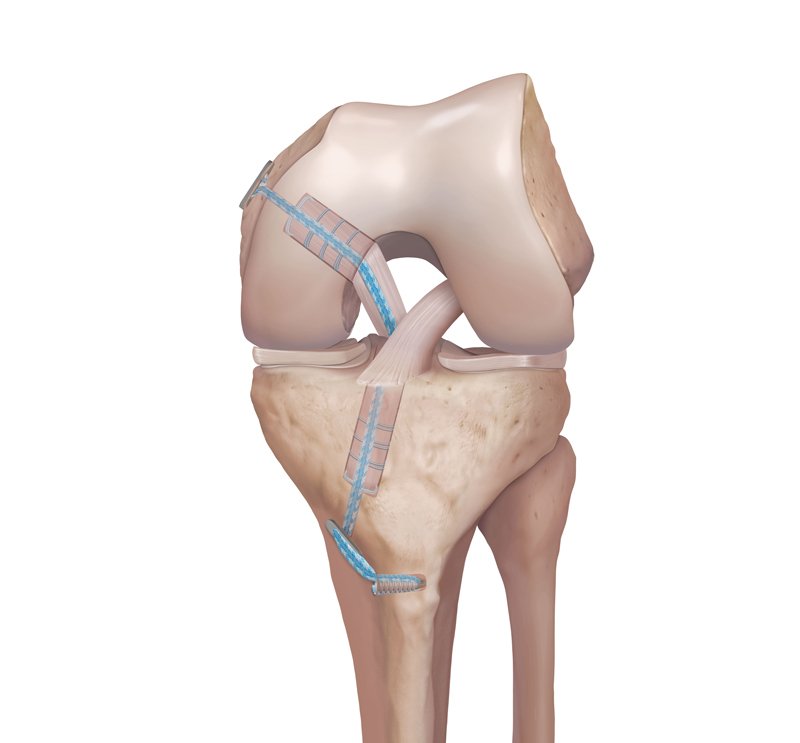Menu

Dr. Sanjay Barik
Knee & Shoulder Surgeon
Meet Our Doctor

Dr. Sanjay Barik
Orthopedic and Joint Replacement Surgeon
Dr. Barik's Orthocare Clinic
- MBBS
- MS - Orthopaedics
Dr. Sanjay Barik is an experienced Orthopedic Doctor in Ramdaspeth, Nagpur. He is a qualified MBBS Bachelor of Medicine and Bachelor of Surgery, MS – Orthopaedics.
ACL Tear In Gondia
An ACL (Anterior Cruciate Ligament) tear is a common knee injury that can significantly impact a person’s mobility and ability to participate in sports and physical activities. The ACL is one of the key ligaments that stabilize the knee, and a tear can lead to pain, swelling, and instability. Here’s a detailed overview of ACL tears, including causes, symptoms, diagnosis, treatment options, and rehabilitation.
The ACL is a most commonly injured knee ligament. Sports injuries usually cause ACL tears. If you tear your ACL, you’ll probably need surgery to the repair it. Most people who tear their ACL make a full recovery or resume playing sports with no the long-term consequences. The recovery time for the torn ACL is the usually six to nine months.

Symptoms of ACL Tear
The symptoms of an ACL tear can vary based on the severity of the injury. Common symptoms include:
- Sudden Pain: A sudden, sharp pain in the knee at the time of injury.
- Swelling: Rapid swelling of the knee within a few hours due to bleeding in the joint.
- Instability: A feeling that the knee is “giving way” or unstable, especially when attempting to bear weight.
- Limited Range of Motion: Difficulty moving the knee fully due to pain and swelling.
- Popping Sound: Some individuals report hearing a “pop” sound at the time of injury.
Treatment Options
Treatment for an ACL tear depends on several factors, including the severity of the tear, the patient’s age, activity level, and overall knee health. Treatment options include:
Non-Surgical Management
- Physical Therapy:
- Strengthening and rehabilitation exercises to improve stability and function.
- Focus on restoring range of motion and strength in the knee and surrounding muscles.
- Bracing:
- A knee brace may be recommended to provide support during recovery and to prevent further injury.
- Activity Modification:
- Avoiding high-impact activities that could aggravate the injury.
- Medications:
- Nonsteroidal anti-inflammatory drugs (NSAIDs) may be prescribed to manage pain and swelling.
Diagnosis of ACL Tear
Diagnosing an ACL tear involves several steps:
Physical Examination: A healthcare provider will assess the knee for swelling, tenderness, and instability. Specific tests, such as the Lachman test or pivot shift test, may be performed to assess ligament stability.
Imaging Studies:
- X-rays: To rule out fractures or other bony injuries.
- MRI (Magnetic Resonance Imaging): The most effective method for visualizing soft tissues, including the ACL. MRI can confirm the tear’s presence and assess the condition of surrounding structures.


